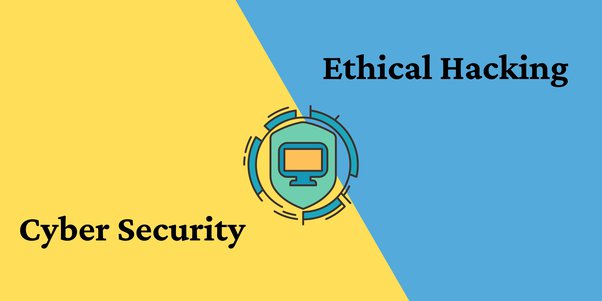Cyberattacks have become an increasingly prevalent threat to individuals and organizations alike. The repercussions of such attacks can be devastating, ranging from financial loss and reputational damage to operational disruption and data breaches. While prevention is crucial, having a robust recovery plan in place is equally important. This blog will outline essential steps to help you recover from a cyberattack effectively.
Immediate Response
The first few hours after a cyberattack are critical. Swift and decisive actions can significantly mitigate the damage. Here’s what you should do:
- Contain the Breach: Isolate the affected systems to prevent the attack from spreading further. This might involve disconnecting infected devices from the network or shutting down specific systems.
- Assess the Damage: Determine the extent of the attack, including the types of data compromised and the systems affected.
- Secure Your Network: Change passwords, update software, and strengthen security measures to prevent further intrusions.
- Notify Relevant Parties: Inform employees, customers, partners, and law enforcement as necessary, depending on the severity of the attack and the nature of the compromised data.
Develop a Comprehensive Recovery Plan
A well-structured recovery plan is essential for minimizing downtime and restoring operations. Key components include:
- Data Backup and Recovery: Regular backups of critical data are crucial. Ensure backups are stored securely offline to prevent data loss in case of a ransomware attack.
- Incident Response Team: Assemble a dedicated team responsible for handling cyberattacks. This team should include IT professionals, legal experts, and communications specialists.
- Business Continuity Plan: Outline essential business functions and how to maintain them during a disruption. This plan should include alternative communication channels, remote work capabilities, and contingency plans for critical operations.
- Cyber Insurance: Consider purchasing cyber insurance to cover potential financial losses, legal fees, and public relations expenses.
Restoration and Recovery
Once the immediate threat is contained, the focus shifts to restoring normal operations. This process involves:
- System Recovery: Restore affected systems and data from backups, ensuring data integrity and consistency.
- Network Reconstruction: Rebuild the network infrastructure if necessary, implementing enhanced security measures.
- Employee Training: Provide employees with cybersecurity training to prevent future attacks.
- Reputation Management: Develop a communication strategy to address the incident and rebuild trust with customers and stakeholders.
- Post-Incident Review: Conduct a thorough analysis of the attack to identify vulnerabilities and improve security measures.
Building Resilience
To prevent future attacks and enhance your organization’s resilience, consider the following:
- Employee Awareness: Continuously educate employees about cyber threats and best practices.
- Regular Security Audits: Conduct regular assessments of your IT infrastructure to identify weaknesses.
- Incident Response Testing: Simulate cyberattacks to test your response plan and identify areas for improvement.
- Third-Party Risk Management: Evaluate the security practices of third-party vendors and partners.
- Emerging Threat Monitoring: Stay informed about the latest cyber threats and trends.
Recovering from a cyberattack is a complex process that requires careful planning and execution. By following these guidelines and investing in robust cybersecurity measures, you can significantly reduce the impact of a cyberattack and safeguard your organization’s critical assets.
Remember: Prevention is always better than cure. Implementing strong cybersecurity practices is essential for minimizing the risk of a cyberattack in the first place.



